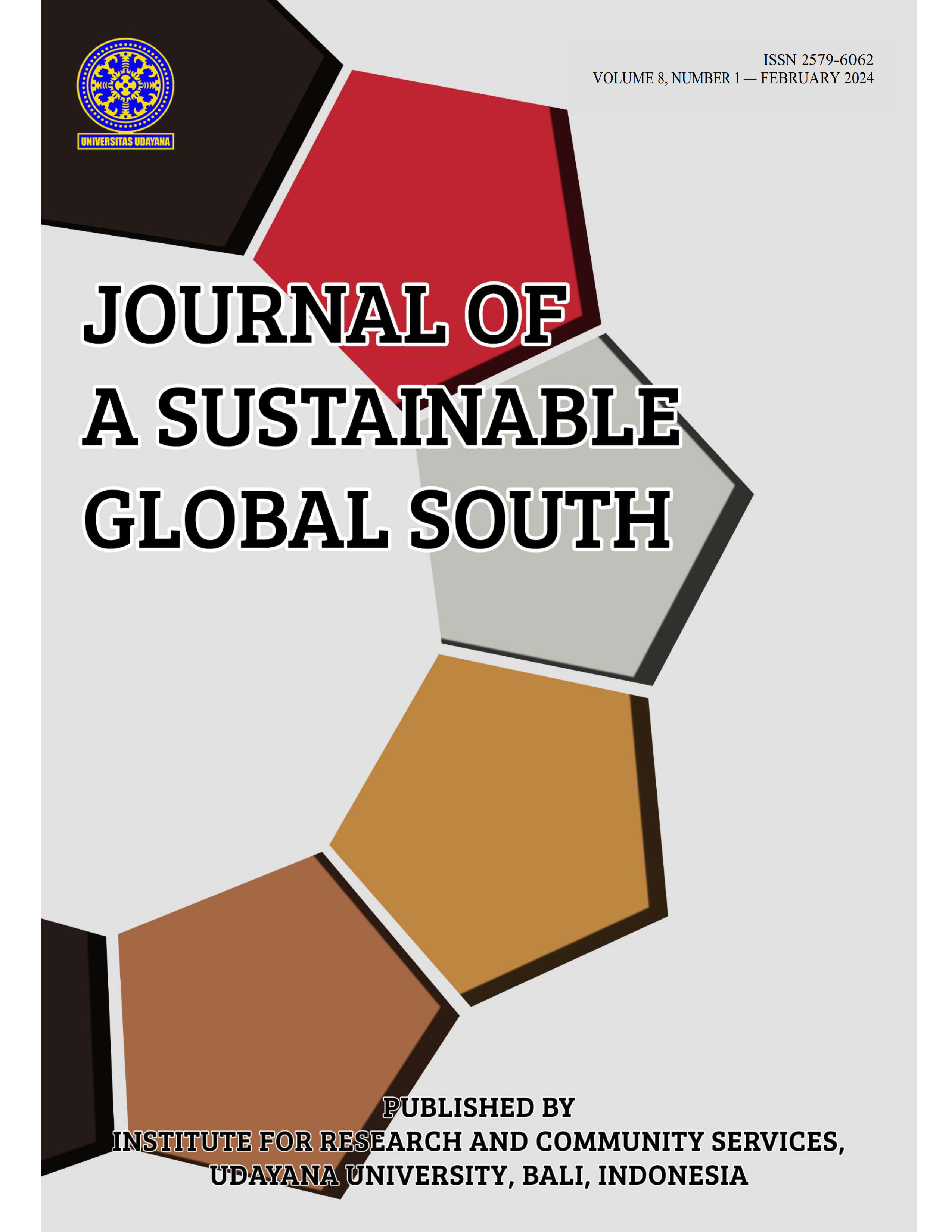Vernacular Bamboo Architecture in Tropic Latitudes and Its Potentials for Adaptation in Contemporary Housing
Abstract
This research delves into the potential of bamboo as a renewable and sustainable alternative in the construction industry in the face of climate change, particularly within the context of contemporary housing in tropical regions. A central challenge lies in bamboo's vulnerability to water and insects. While recent innovations have sought to improve bamboo's resistance, significant doubts persist regarding its durability. The research advocates that bamboo holds substantial promise as a sustainable building material, contingent on addressing durability concerns for long-term viability. The methodological approach includes examining the general characteristics of bamboo, emphasizing its rapid growth and remarkable physical properties. Building on this foundation, the focus shifts to an exploration of vernacular bamboo architecture in tropical and subtropical areas. The investigation aims to assess the strengths and weaknesses of bamboo as material and of diverse architectural examples, considering their historical use and exploring possibilities for adapting it to contemporary housing.
Keywords - bamboo, potential, contemporary housing, vernacular architecture, adaptation.
Downloads

This work is licensed under a Creative Commons Attribution 4.0 International License.










(1).png)


